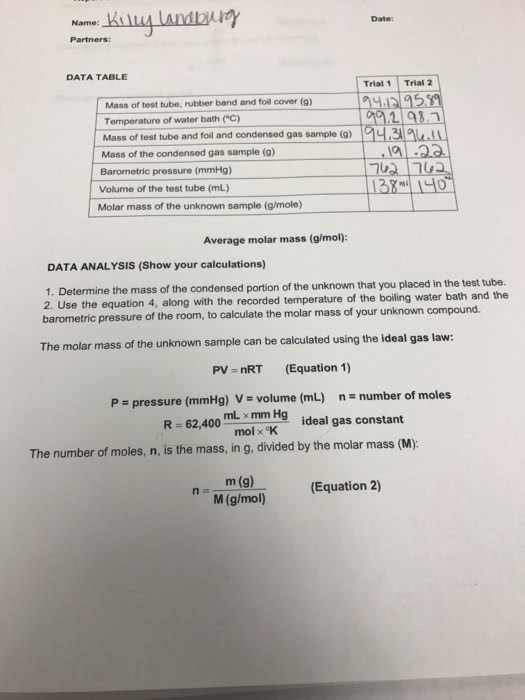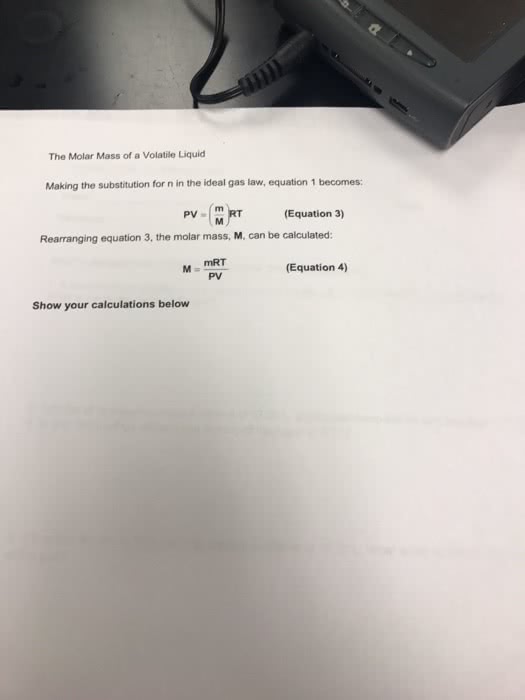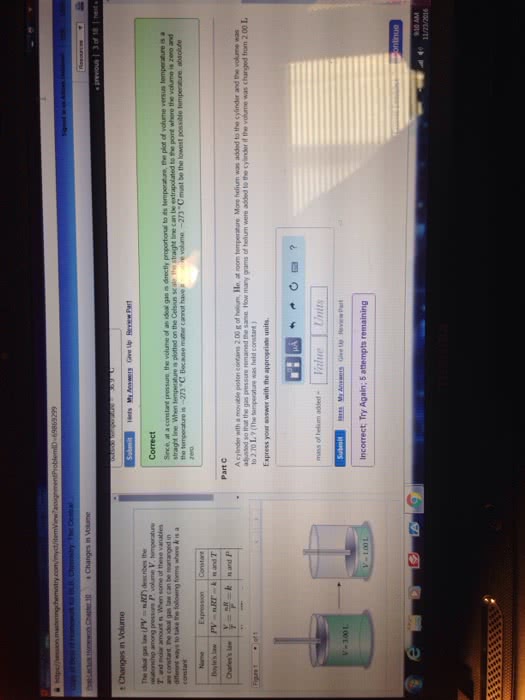CHE 131 Chapter Notes - Chapter 5: Ideal Gas Law, Molar Mass, Phosgene

55
CHE 131 Full Course Notes
Verified Note
55 documents
Document Summary
One moles of any gas behaving ideally occupies the same volume at a given temperature and pressure, so differences in gas density depend on differences in molar mass. We can arrange the ideal gas law to calculate the density of a gas from its molar mass. Number of moles (n) is the mass (m) divided by the molar mass (m), so n=m/m. Subbing for n in the ideal gas law gives. The sentoy of a gas is directly proportional to its molar mass. The volume of a given amount of a heavier gas equals the volume of the same amount of a lighter gas, so the density of a heavier gas is greater. The density of a gas is inversely proportional to the temperature. As the volume of a gas increases with temperature, the same mass occupies more space, so the density is lower. Engineering- heating ducts placed so hot air rises.




